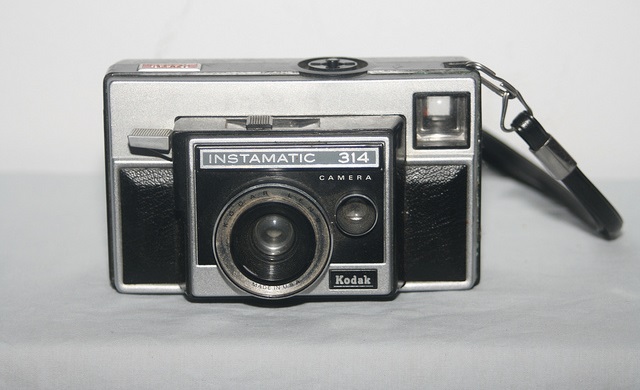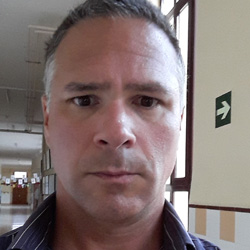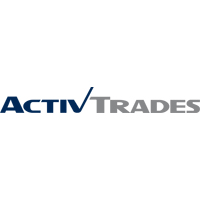I moved to Rochester, New York, in 1970. The city’s population at that time was just over 296,000 according to the U.S. census. Sixty-five thousand people, nearly 22% of the entire population of the city worked for Eastman Kodak, the world’s leading manufacturer of cameras and film. My next door neighbor worked for Kodak. In fact, at least one person residing in each of the four houses beyond that worked for Kodak.

Kodak’s operations in Rochester were so vast that it operated and maintained its own private system of roadways that was longer than all of the city’s roadways combined. The company’s health-plan was self-insured. The profit-sharing plan was incomparable: Each March every company employee would be paid a bonus out of the profit pool that was based upon a percentage of their total earnings over the past ten years. The percentage varied annually, depending, of course, on the net profits available for distribution. The percentage was announced in early to mid-December. The most popular Christmas present among Kodak employees was a new car. Think about it. If an employee had earned $25,000 on average over the past ten years, and if the bonus was 5%, they would receive a check for $12,500. Kodak employees could walk into a car dealership, or any other kind of retailer for that matter, show their Kodak ID, and defer ANY payment until March. Their company ID was a good as cash.
But, as time has taught us, and as the songwriter said, “Some Good Things Never Last.”
George Eastman’s inventions become archaic and the leaders of the company failed to see the future through the lens of anything but a Kodak camera. Many people attribute the fall of Kodak into the throes of bankruptcy to digital technology. The irony is that Kodak had developed a digital camera in 1975. Company executives decided that they would destroy their own film production business if they introduced their innovative product. This may go down in history as one of the most colossal business screw-ups of all time. In my opinion, as bad as that decision was, the emergence of Polaroid actually began Kodak’s slide into oblivion. Although it was a technology that would not last very long, nevertheless, it was a major competitive and legal distraction that took Kodak’s eyes off the rest of the market.
Yesterday, in a U.S. Bankruptcy court in Manhattan, the world saw the first “Kodak Moment” that anyone has seen in the past decade or two. Yes, the might Kodak has fallen, but the court ruled in favor of its plan to emerge from bankruptcy. It is expected to come out from the protection plan on 03 September.
The Kodak that returns two weeks from now will be an entirely different creature than what entered into bankruptcy protection. Andrew Dietderich, who represented Kodak, said, “Kodak is a different company than the one in the popular imagination and very different from the one that filed for bankruptcy.”
Some people are pleased with the results – others, not so much. Under the terms of the plan, creditors who were left holding the bag will receive no more than 5 cents on the dollar. As in any bankruptcy case, shareholders are the last in line, which means that they may receive nothing of the $2.2 billion set aside to pay creditors in the restructuring plan.
Although it will still produce film for movie production, future generations may never be able to understand Paul Simon’s “Kodachrome” song.
According to CEO Antonio Perez, “Next, we move on to emergence as a technology leader serving large and growing commercial imaging markets – such as commercial printing, packaging, functional printing and professional services, with a leaner structure and a stronger balance sheet.”
When Kodak reopens, it will have 13 fewer factories and 130 fewer photo labs, and it will have only 8,500 employees.
Only time will tell now if the plan works. Kodak is using $895 million in borrowed money to exit bankruptcy and will attempt to raise $406 million through the sale of shares that will represent an 85% total equity in the new entity.
Let me close with a bit of trivia. During the last half of the 20th century, Rochester, New York, was known as “The Imaging Capital of the World.” It’s suburb of Webster was also the birthplace and headquarters of another company you may have heard of: Xerox.

 Hot Features
Hot Features













